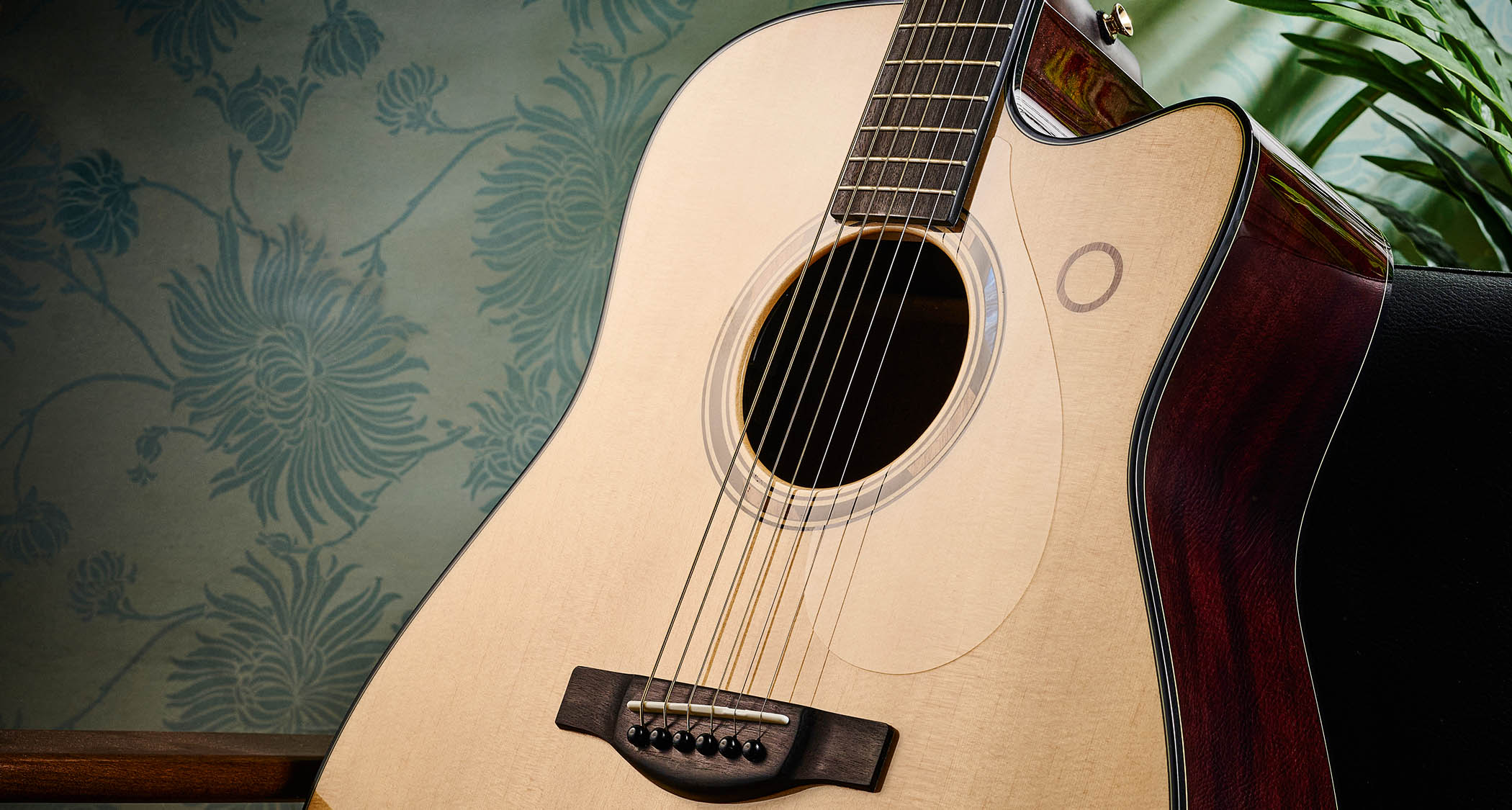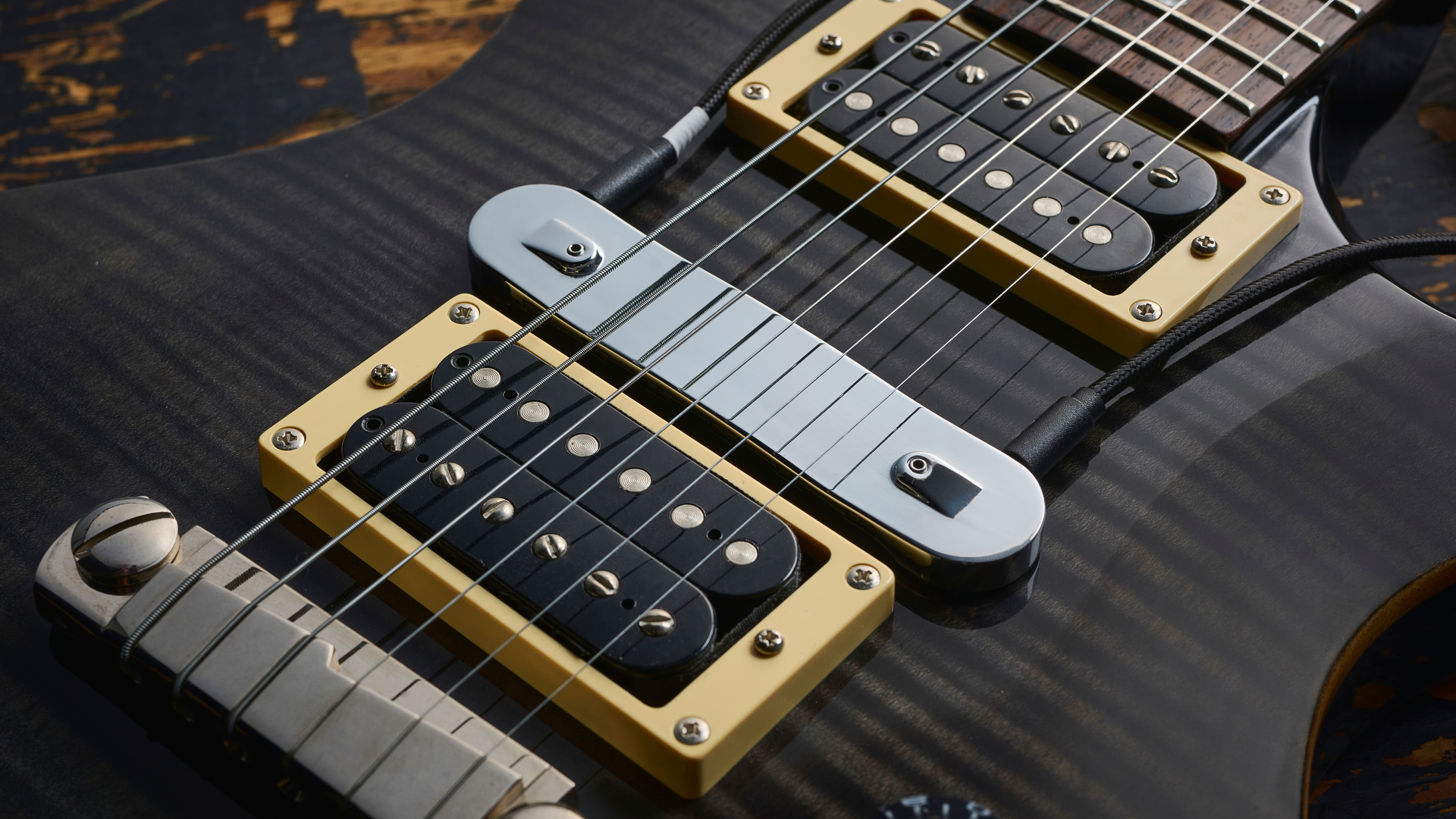Guitar World Verdict
The TAG3 C is definitely an upgrade from the earlier iterations of the TransAcoustic. The effects are better and the presence of the looper adds an entirely new dimension to the proceedings. It really is a lot of fun, and the fidelity of the recorded sounds emanating from the soundhole is quite amazing.
Pros
- +
A definite asset for practice or writing songs.
- +
A wealth of features to explore.
- +
The looper is a lot of fun, too.
- +
Smooth playability.
Cons
- -
The shock of the new will put a few players off.
- -
The controls/app combo call for some serious homework initially.
You can trust Guitar World
What is it?
We can clearly remember the first time we encountered Yamaha’s TransAcoustic technology. It was a bit of a culture shock, hearing reverb and chorus coming from an acoustic guitar’s soundhole, as if by magic.
At the time, we wondered if this was too gadgety for the unplugged fraternity and would hence be viewed as a mere novelty that would soon fizzle itself out. But we were all wrong. Not only did players take to the TransAcoustic, Yamaha spread it across selected guitars from its acoustic range, even reaching the notoriously more conservative classical players when it landed in the nylon-string CG-TA.
Back then – approximately eight years ago – the TransAcoustic tech that was launched in the LL-TA comprised reverb and chorus. But now it has evolved to include delay and a looper, plus a built-in guitar tuner and Bluetooth connectivity that links to a dedicated app and allows the player to fine-tune the settings.
Not only that, you can use it to channel backing tracks to play along to, or use it as a Bluetooth speaker and just play your favorite music via your guitar’s soundhole.

This might sound like an awful lot to take in, and we must admit that initially we were a little concerned that perhaps Yamaha had taken its concept a little further than the acoustic playing gentlefolk would be willing to venture. However, once you spend time exploring the potential of this next generation of TransAcoustic goodies, you might just have to rethink things.
For starters, the TAG 3C is quite possibly the ultimate busker’s tool, not to mention the possibilities it presents for practice or learning new tunes. But let’s not get too far ahead of ourselves.
All this amazing technology is all well and good, but if it isn’t inserted into a well-built and great-sounding instrument in the first place, the point is all but lost.
Specs
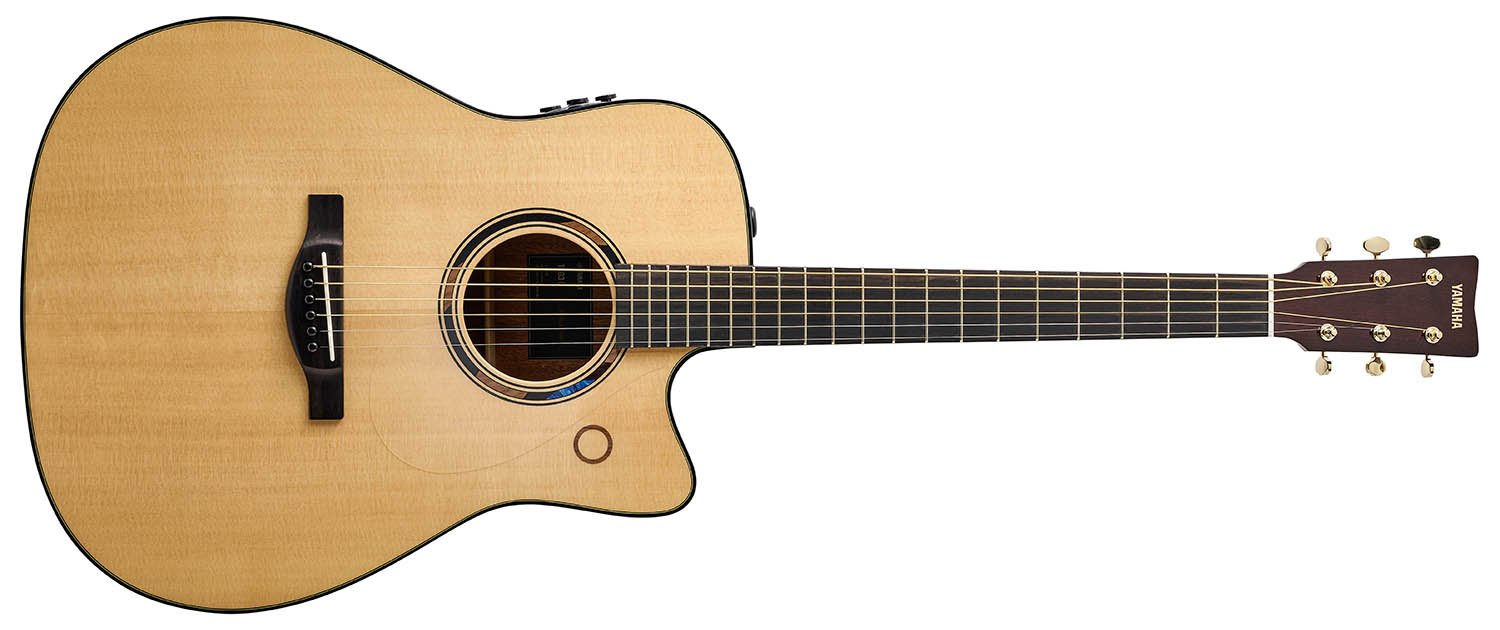
Launch price: $/£1,699
Made: China
Body shape: Cutaway dreadnought
Body top: Sitka spruce
Top bracing: Modified
Back & sides: Solid Mahogany
Neck: Mahogany,
Scale length: 25.6” (650mm)
Nut/width: Urea / 1.73" (44mm)
String spacing at bridge: 55mm
Fingerboard/Radius: Ebony, 15.75"
Body depth: 412mm
Finish: Natural (as reviewed), Sand Burst – gloss poly with satin neck back
Bridge/pins: Urea
Tuning Machines: Open-gear, Champagne Gold
Electronics: Undersaddle piezo, Reverb, delay, chorus and looper with enhanced editing features via a dedicated app
Weight: 5.58lb/2.5kg
Case: Gig bag
Left-handed options:
Contact: Yamaha
Build quality
Build quality rating: ★★★★1/2
So let’s take a little time to look at the TAG3 C as a guitar, without all the accompanying whistles and bells.
Fundamentally speaking, it’s a cutaway dreadnought with a Sitka spruce top and mahogany back and sides, all beautifully understated, in line with Yamaha’s tradition where building acoustic guitars is concerned. No unnecessary bling here, just all-solid woods married to superb craftsmanship.
The neck is mahogany, with an ebony fretboard, ebony bridge, and a Urea (essentially a resin or polymer) nut and saddle. Decorative touches include the attractive rosette that comprises a composite of different woods and something that looks like bluish abalone.
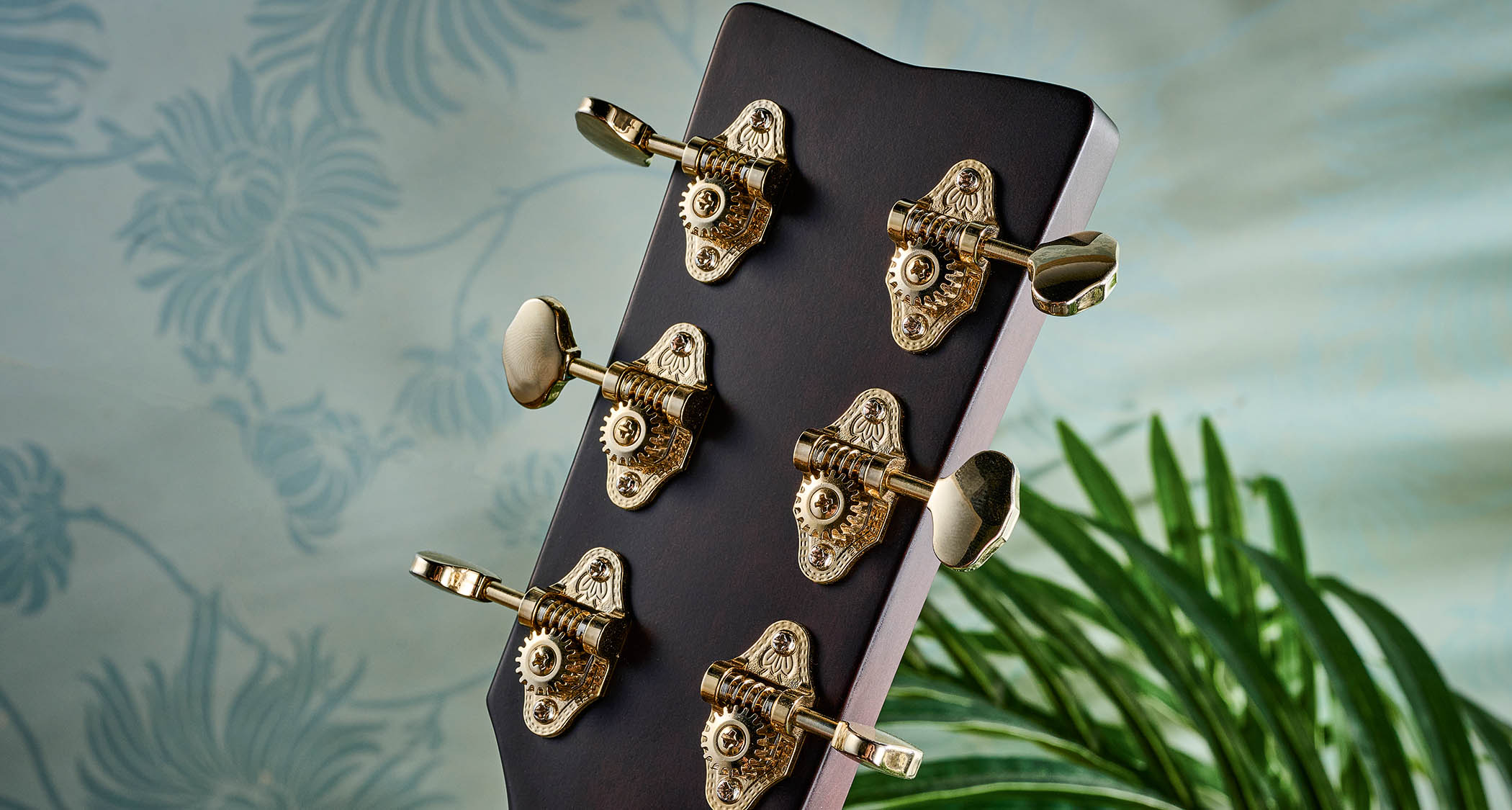
Other than that, at least as far as the guitar’s top is concerned, there’s a transparent scratchplate and a mysterious ring of darker wood down near the cutaway, which we’ll come to in a minute.
All of the Yamaha acoustics we’ve seen in the past have been constructed to a very high standard and the TAG3 C is no exception. But underneath its innocent and unassuming exterior lurks some state‑of-the-art electronics that give this fine-looking beast its superpowers…
Yamaha provides the following as a comprehensive overview of how the TAG tech actually works: “Two actuators installed on the inner surface of the guitar resonate in response to the vibrations of the strings. The vibrations generated by the actuators are then transmitted to the body of the guitar and to the air in and around it, resulting in authentic reverb, chorus, and delay sounds that radiate from within the body.”
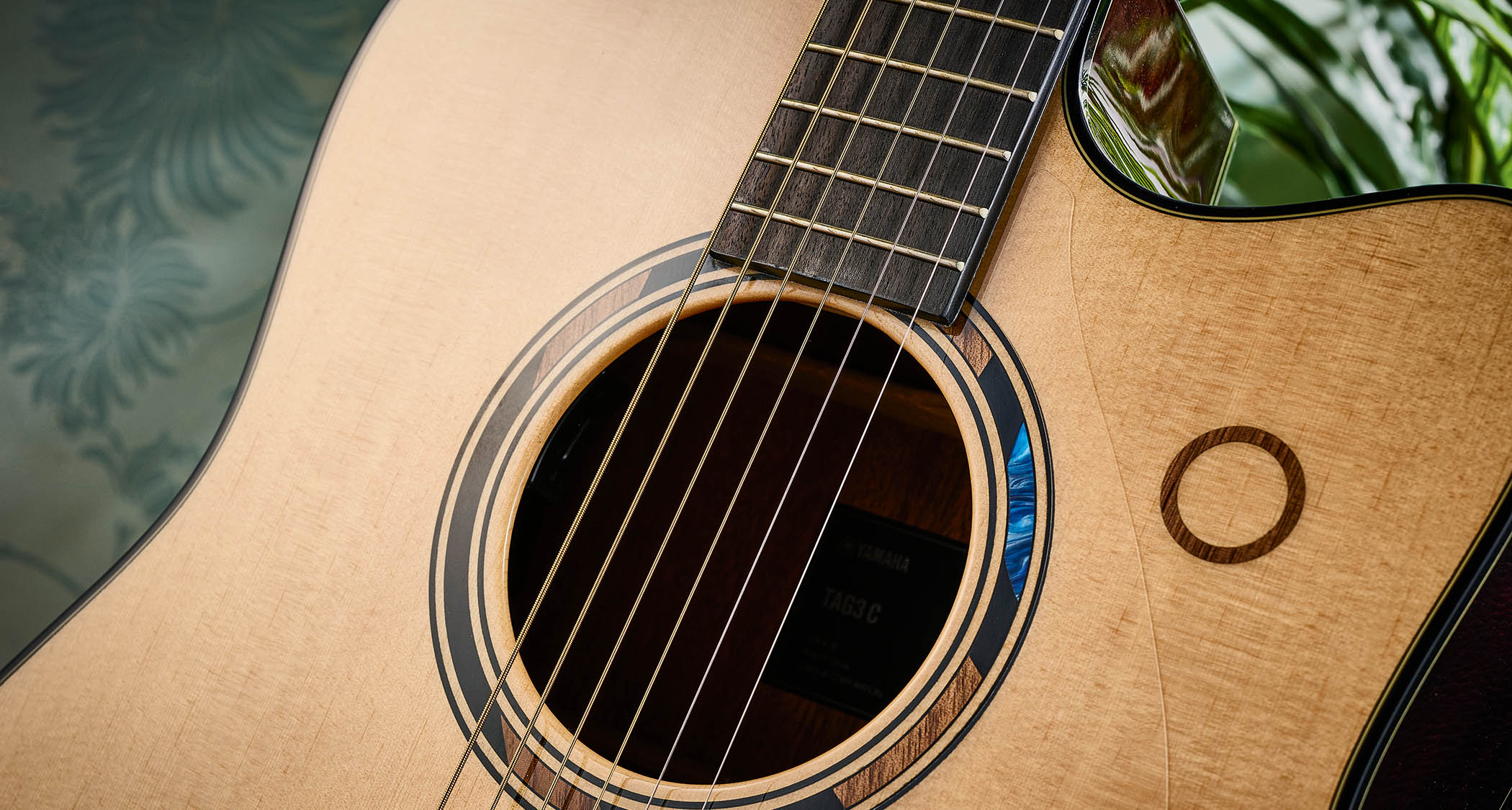
In other words, and simply put, the guitar’s body takes on the guise of a speaker cone. Naturally, it’s all a lot more complex than that when you get into the actual science behind it, but that’s probably enough to be going on with for the purposes of this review.
Understandably, all this requires a power source, and here Yamaha has gone for a rechargeable lithium-ion battery with a magnetic charging connection, giving over five hours’ battery life. The battery connection is made on the guitar’s upper bout, near the neck, and the dedicated lead supplied is a custom affair that’s not that long, and so charging up while the guitar is in use would be nigh on impossible.
Local controls for the effects are situated on the guitar’s upper side and consist of four multi-purpose rotary buttons, plus a smaller central on/off switch that’s surrounded by a ring of LEDs. Essentially, the buttons’ primary function is to control how much presence you want from the onboard reverb, chorus, delay, or looper in the mix of your acoustic sound.
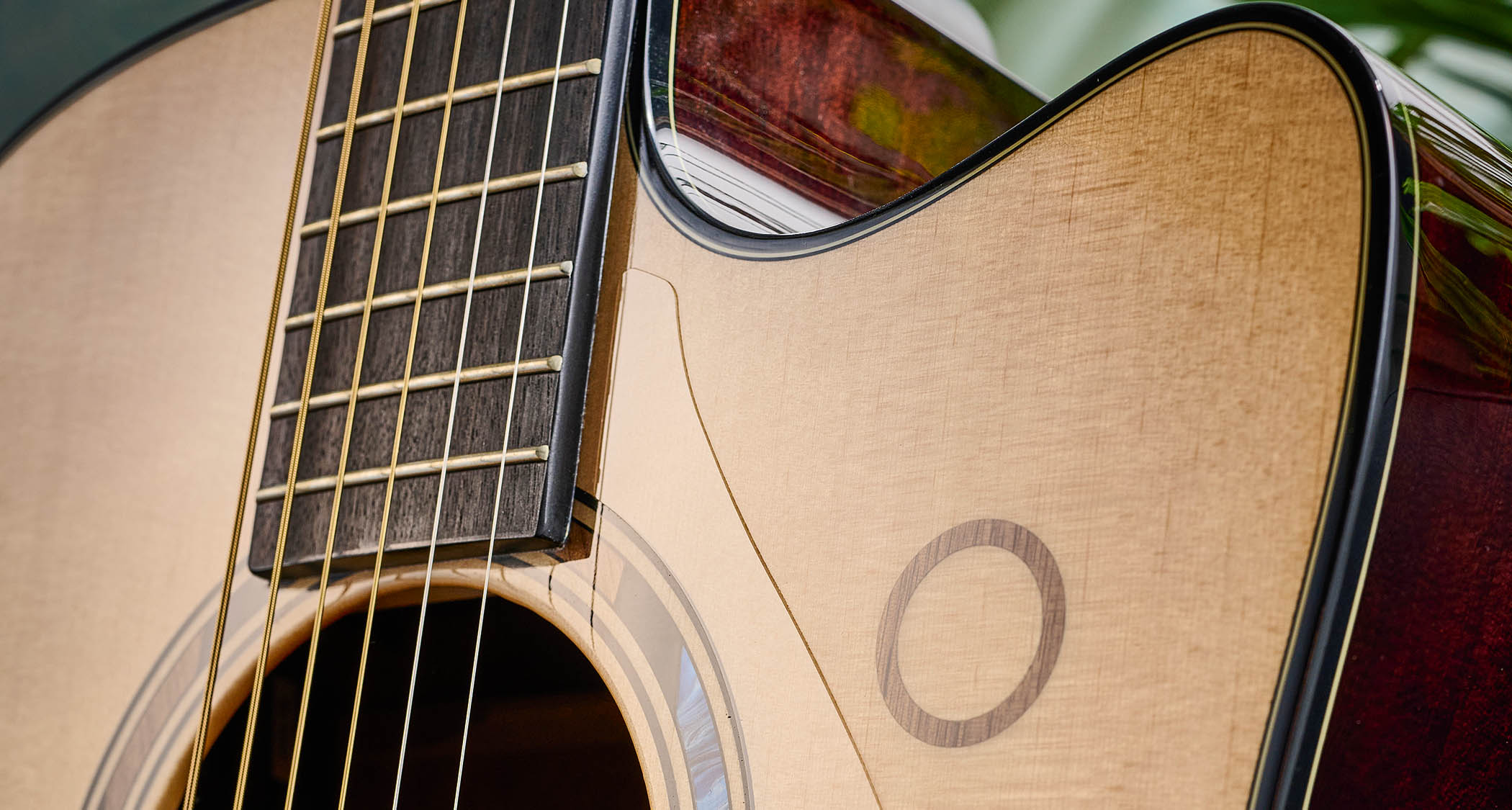
Delve a little deeper and things become more involved, as their secondary functions control things such as tap tempo for the delay, and start and end recording for the looper.
And while we’re on the subject of the looper, the mysterious circle of wood near the cutaway that we mentioned earlier is a tap control to end sections of the loop. In other words, when your loop – or a section thereof – is complete, you merely tap the soundboard inside the ring. There’s a lot to get used to here, especially if your acoustic performance world has previously been dominated by foot-operated pedals.
To cap everything off, there’s a piezo undersaddle pickup that will send everything out to a dedicated acoustic amp or PA system, controlled by a master volume thumbwheel stowed away inside the guitar’s soundhole.
Yamaha’s idea is that this generation of the TransAcoustic really has the potential to be a one-stop shop for a fully fledged professional-level performance tool, as well as offering no-fuss studio-quality effects for casual living‑room strumming.
Playability
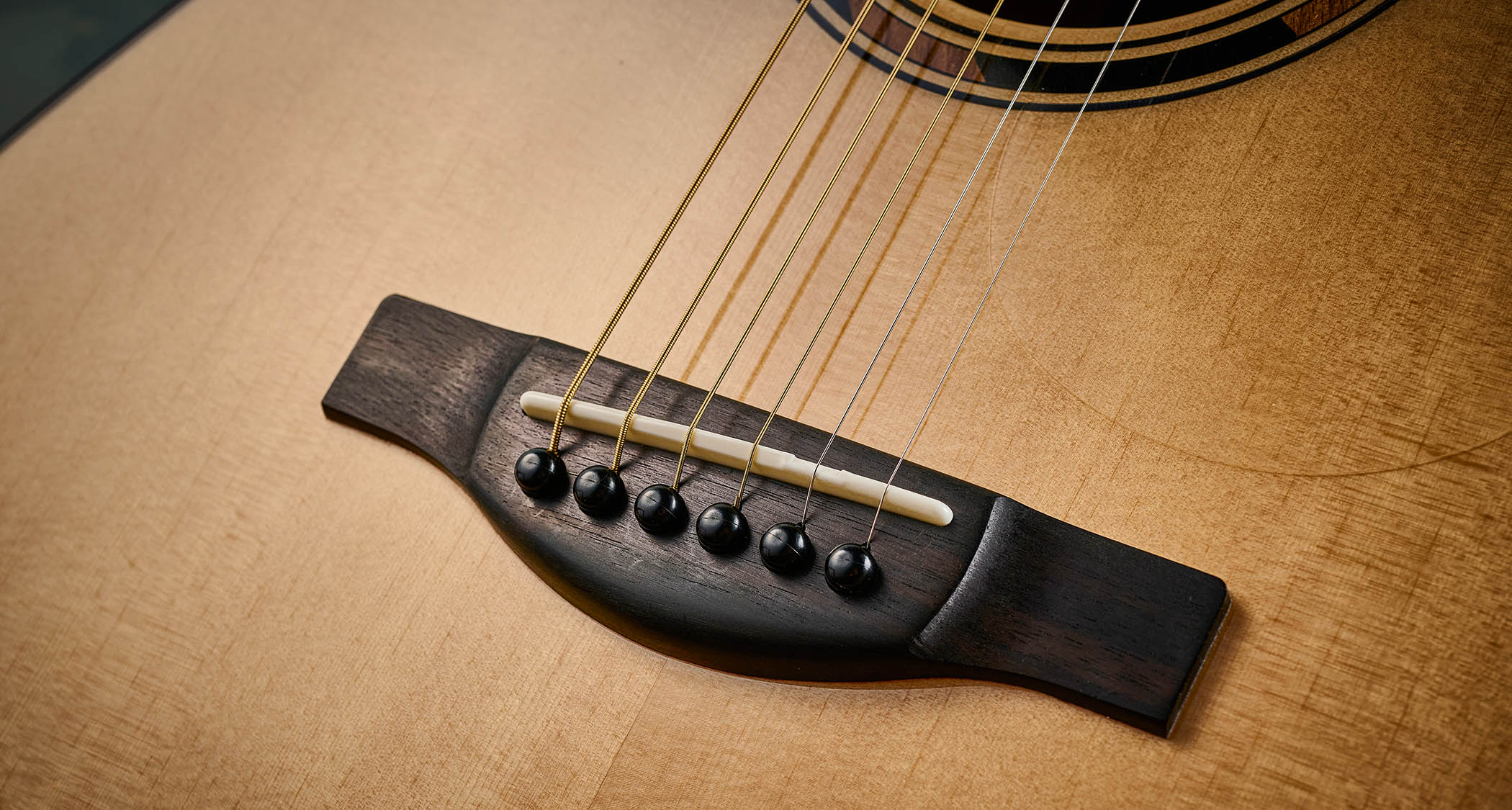
Playability rating: ★★★★1/2
Turning off the effect side of the TAG3 and evaluating it as a standalone instrument, it’s well up to Yamaha’s usual high standard, with sweet trebles, solid basses, and smooth playability.
The actuators inside the guitar have added to the weight – it’s quite a hefty lapful – but after a while we barely noticed it. The satin feel to the back of the C-profile neck feels exceptionally good in the hand and so everything here checks out as far as the TAG3’s credentials as an acoustic guitar.

It’s the looper that’s the star of the show here. Once you get used to the fact that it’s all hand-controlled – and manage to target that circular sensor accurately – you can build up all sorts of orchestrations.
Furthermore, each overdub you do can have its own effect, so you can add delay or chorus to just one element of your loop. Once you get into it, things can become very sophisticated here – buskers and open-mic warriors take note!
Sounds

Sounds rating: ★★★★☆
Taking the effects one by one, the reverb really does add a different dimension to even casual chordwork. As an effect itself, it’s definitely a step up from the earlier TransAcoustics we’ve had in our hands.
Yamaha tells us that the effects have all been upgraded and refined, and we’d definitely agree. The chorus, too, is much more rounded and less nasal than before. Used sparingly, it adds a fullness to chords, but turn it up a little and solo lines almost sound like they’ve been double-tracked.
Despite the fact that delay isn’t an effect you’d necessarily reach for with an acoustic guitar, here it adds depth and it’s great for all those special effects – the tappy-slappy percussive players are going to enjoy this feature.
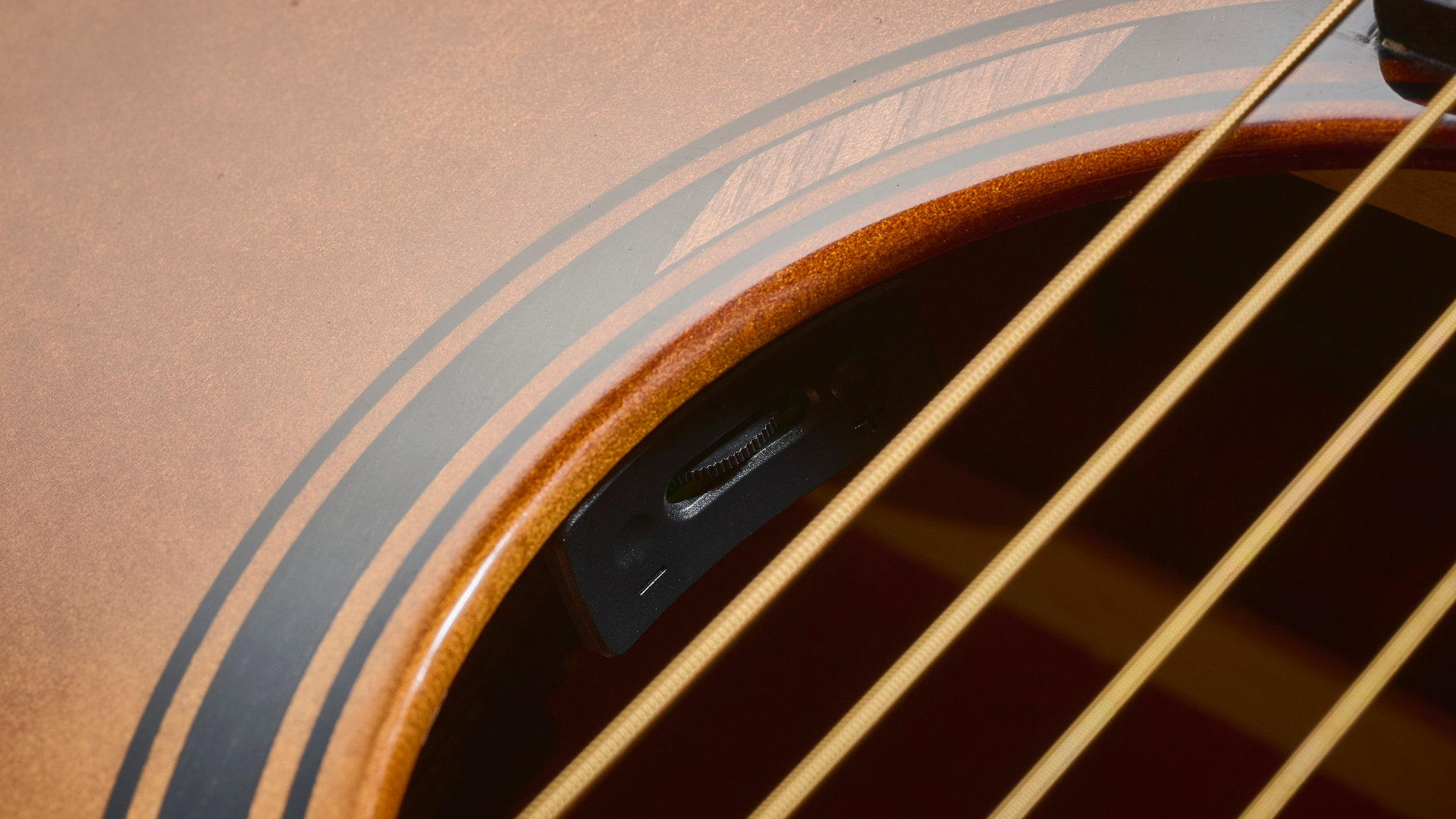
The app that accompanies the guitar isn’t, we’re told by Yamaha, essential, and we’d agree. There’s plenty here to explore without going any further. But if you’re feeling adventurous, the app will give you three different types of reverb – Hall, Room, and Plate – and additional control over tone and pre-delay.
Chorus offers a second voice and control over Depth, Tone, Speed, and Voices. With Delay, you choose between Simple or Analog, and get to play with Feedback, Bass, Treble, and Time.
Meanwhile, the Looper allows you to store your loops alongside control over overdubs and features including Tap Enable. We found it easy to use, although we wouldn’t necessarily want to whip out a smartphone mid-performance and start fiddling with it, and so you’d have to set up everything you need first.
Verdict
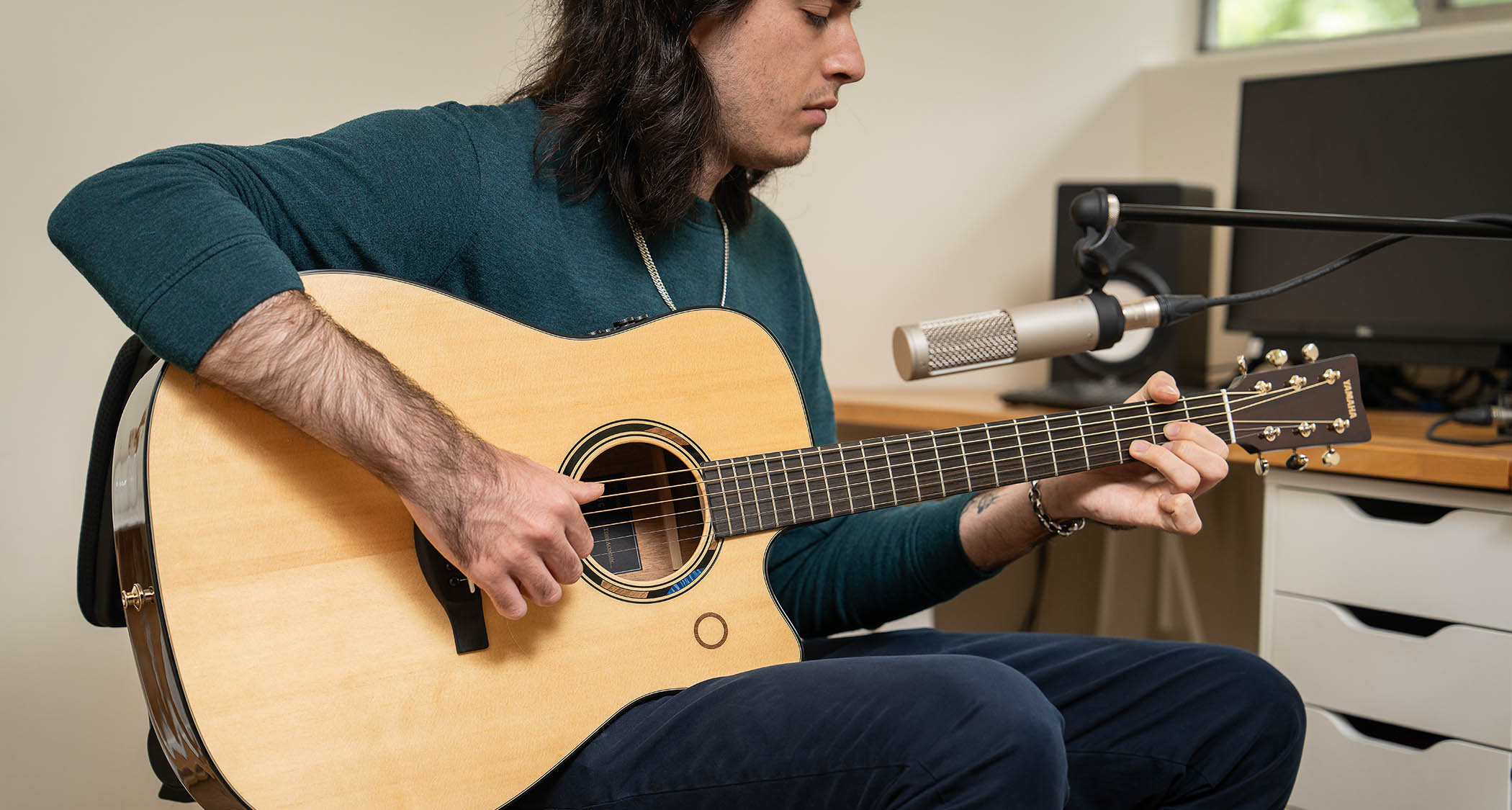
The TAG3 C is definitely an upgrade from the earlier iterations of the TransAcoustic. The effects are better and the presence of the looper adds an entirely new dimension to the proceedings.
Would we use it live on stage? Well, the ‘shock of the new’ might factor against it for some
It really is a lot of fun, and the fidelity of the recorded sounds emanating from the soundhole is quite amazing – right up there with the kind of quality you’d get from a Bluetooth speaker.
For practice, it’s invaluable as you get to hear songs and ideas in a fully produced format without the drag of having to fire up an amp and pedals when inspiration strikes. Streaming backing tracks via Bluetooth is another tool in the box, too.
Would we use it live on stage? Well, the ‘shock of the new’ might factor against it for some, but the fact that you could, in theory, turn up to a venue with just a gigbag and possibly a lead to connect the guitar to a PA is something that’s well worth considering.
| Test | Results | Score |
|---|---|---|
| Build quality | Yamaha's attention to detail is typically on-point, and features well through out. | ★★★★1/2 |
| Playability | Easy playing neck, and features are presented intuitively. | ★★★★1/2 |
| Sounds | Credible effects, sweet "regular" acoustic tones | ★★★★ |
| Overall | A big evolutionary step for the Transacoustic paradigm – and it is a lot of fun, too. | ★★★★1/2 |
Also try
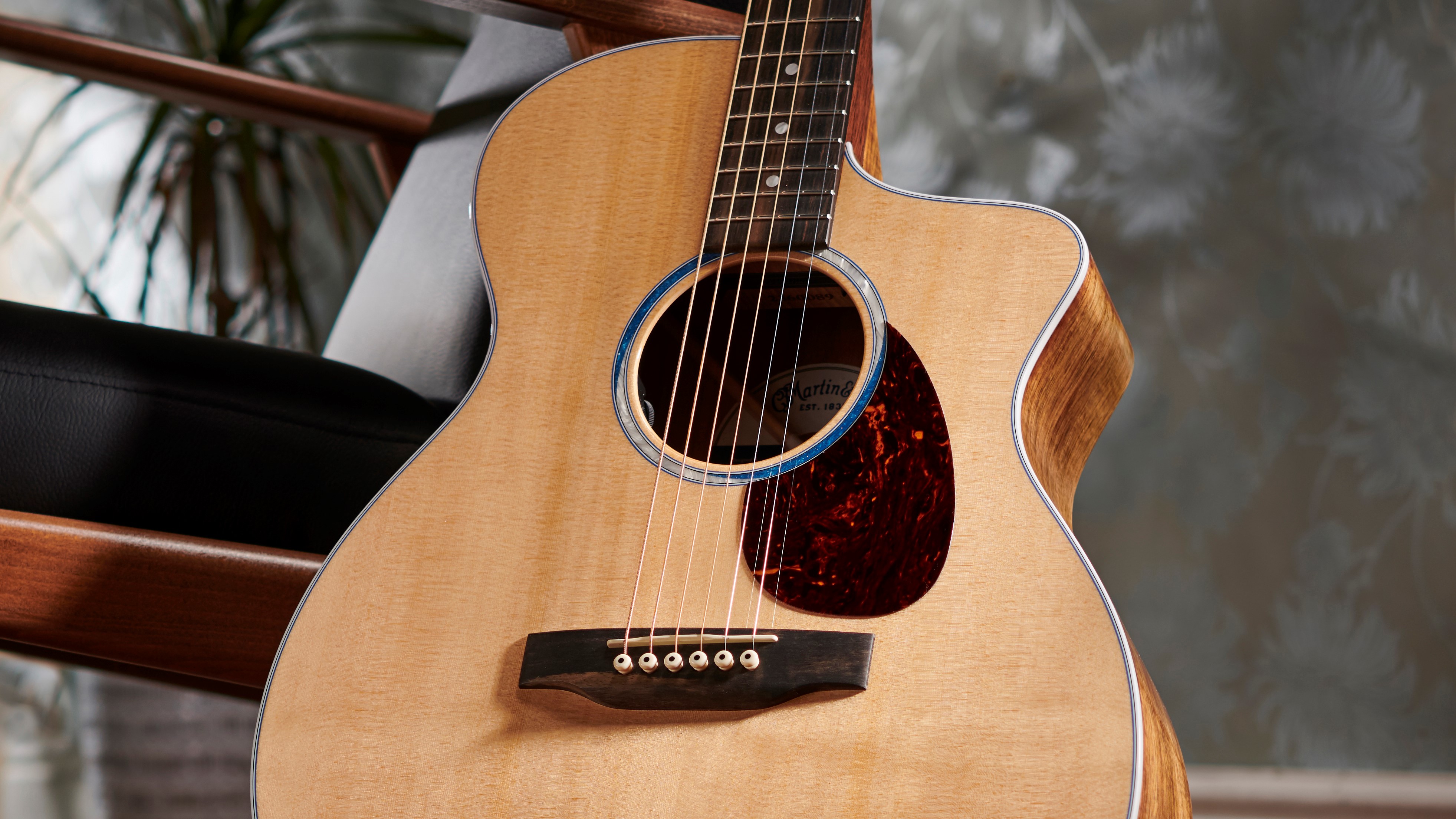
($1,499 / £1,599)
A similarly radical acoustic design, Martin's revolutionary offset offers electric guitar playability, good value, and quality tones.
Read our review
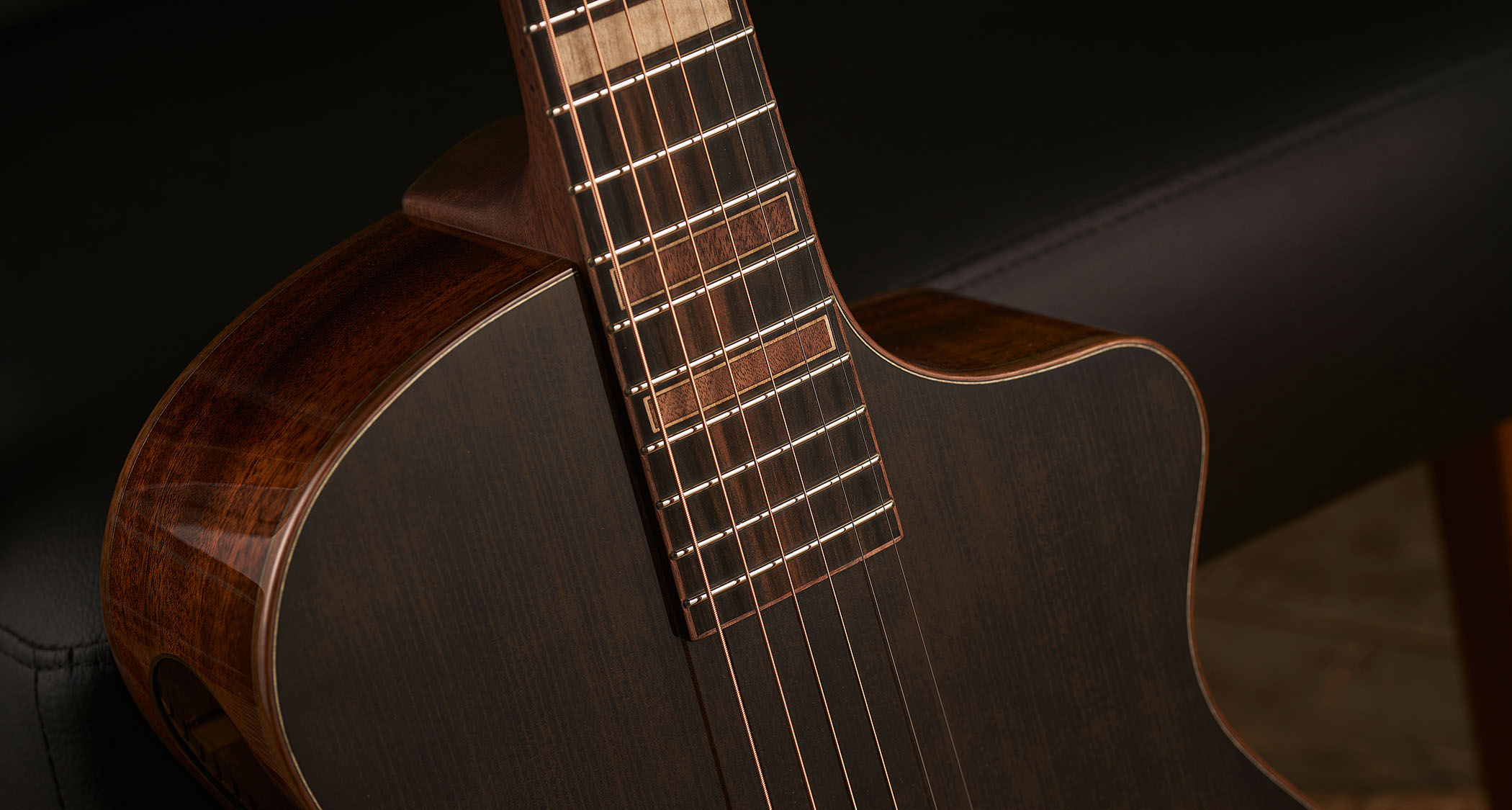
$1,499 / £999
With its asymmetric neck profile and player-facing soundports, this keenly priced Cort is a great example of contemporary acoustic electric craft.
Read our review

($1,630 / £1,299)
The original kingpin of loopers' latest signature acoustic is a ridiculously high-performing instrument, and one for singer-songwriters who prefer a smaller-bodied guitar.
Read our review
Hands-on videos
Yamaha
PMTVUK

Alamo Music Center
Guitar Center

With over 30 years’ experience writing for guitar magazines, including at one time occupying the role of editor for Guitarist and Guitar Techniques, David is also the best-selling author of a number of guitar books for Sanctuary Publishing, Music Sales, Mel Bay and Hal Leonard. As a player he has performed with blues sax legend Dick Heckstall-Smith, played rock ’n’ roll in Marty Wilde’s band, duetted with Martin Taylor and taken part in charity gigs backing Gary Moore, Bernie Marsden and Robbie McIntosh, among others. An avid composer of acoustic guitar instrumentals, he has released two acclaimed albums, Nocturnal and Arboretum.
“Even standing with the guitars is tricky”: Ritchie Blackmore's health sparks concern after update from wife and musical partner Candice Night
5 lo-fi guitar chords to add to your progressions
“The rest of the world didn't know that the world's greatest guitarist was playing a weekend gig at this place in Chelmsford”: The Aristocrats' Bryan Beller recalls the moment he met Guthrie Govan and formed a new kind of supergroup
